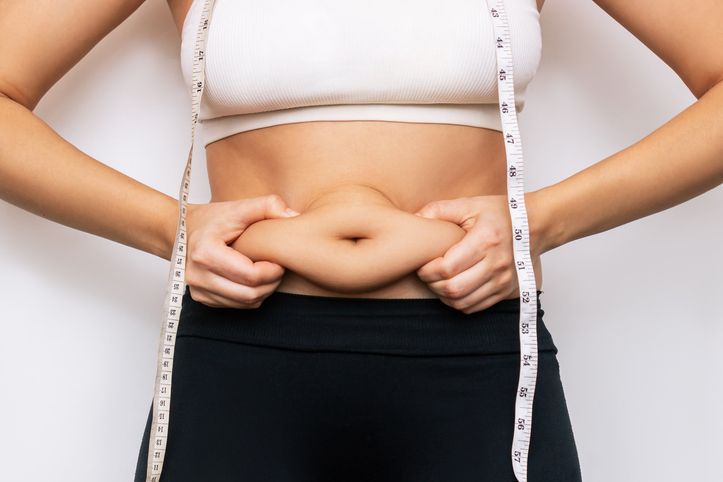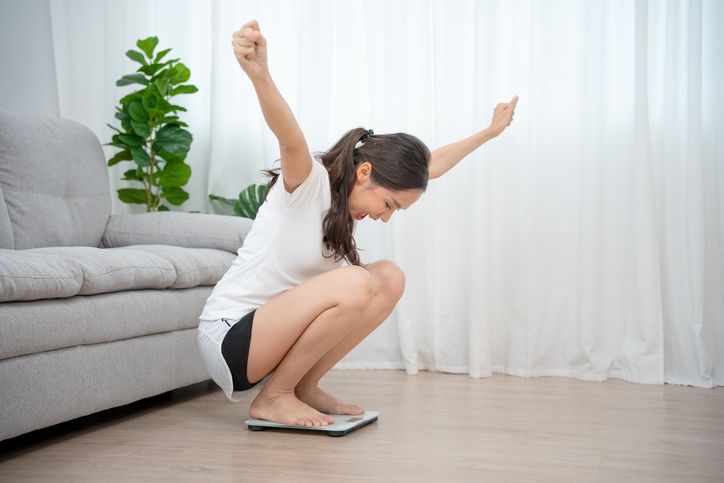- Home
- Trend
- Weight Loss Strategies
- Acne Tips
- Hair Health Information
- Blemish Removal Tips
- Acne Scar Removal Tips
- Muscle Building Techniques
- Intimate Care Tips
- Postpartum Intimate Care
- Eye Bags Wiki
- Tips for Face Slimming
- Secret of Permanent Hair Removal
- Breast Enlargement Tips
- Cure to Snoring
- Marionette Lines
- Skin-Tightening Secrets

免費體驗
S6 Body Sculpting Treatment
1 Minute Self-Registration
Date should not be before minimal date
You lace up your shoes, hit the pavement, and get moving - and that's when the magic happens. Regular exercise is a game-changer, and its benefits extend far beyond the obvious. As you'll soon realize, incorporating physical activity into your daily routine can have a profound impact on your overall well-being, from the inside out. But what exactly are the top benefits of regular exercise, and how can you harness its power to transform your life?
1
Levels of physical activity globally

2
Risks of a sedentary lifestyle

3
Top 10 benefits of regular physical activity

Exercise controls weight
Exercise make you more energized
Exercise improve your skin quality
Exercise combats health conditions and diseases
Exercise strengthen your bones and muscles
Exercise improve bodily pain
Exercise keeps your brain health and memory in good shape
Exercise improves sex life
Exercise promotes relaxation and better sleep
Exercise improve your mental health
4
3 Must-Do Exercise Ideas and Their Health Benefits

Aerobic Exercise
Anaerobic exercise
Low-Impact Exercises

免費體驗
S6 Body Sculpting Treatment
1 Minute Self-Registration
Date should not be before minimal date
5
Want Quick, Hassle-Free Slimming Results? Try S6 Body Sculpting Treatment!


免費體驗
S6 Body Sculpting Treatment
1 Minute Self-Registration
Date should not be before minimal date
FAQ

What Are 10 Benefits of Activity?
Exercise supercharges your energy, strengthens your bones and muscles, improves your skin, combats diseases, and boosts your mood, memory, and sex life, all while promoting relaxation and better sleep!'
How much physical activity is recommended for adults?
According to physical activity guidelines, adults should aim for at least 150 minutes of moderate-intensity aerobic activity or 75 minutes of vigorous-intensity physical activity each week. Additionally, muscle-strengthening activities should be included at least two days a week to target major muscle groups.
Can exercise help manage blood pressure?
Yes, regular exercise helps prevent high blood pressure and manage existing high blood pressure. Moderate-intensity aerobic activity, such as brisk walking, can improve heart health and reduce hypertension by keeping blood vessels flexible and promoting healthy blood flow.
What role does exercise play in weight loss and weight management?
Physical activity is crucial for weight loss and maintaining a healthy weight. Exercise increases energy expenditure and helps burn calories, which can prevent weight gain and promote weight loss. Combining aerobic exercise with strength training is especially effective for managing body weight and building muscle mass.
How does exercise benefit older adults?
For older adults, regular physical activity helps maintain physical fitness, improve balance, and reduce the risk of falls. Strength training enhances muscle mass and bone density, while aerobic exercise supports cardiovascular health. Staying physically active also promotes better mental health and cognitive function in older adults.








